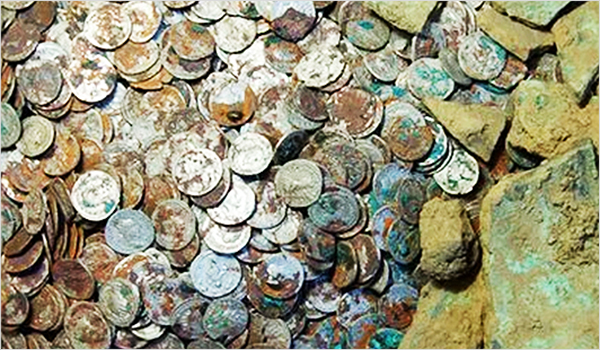
Learn about collecting coins by coin shooting
Metal detecting coins is the exciting way to find old coins. With luck, you might even find historical and rare valuable coins that date back to the medieval or colonial times.
This hobby is fast gaining popularity in the US, Europe, and other countries. It is often called coin shooting or coin digging.
The new breed of coin collectors is armed with metal detectors and they comb secluded beaches, parks, and the most unlikely places in search for coins.Metal-detecting coin collectors find this fun hobby as an alternative to buying coins in coins shops. This way, they will not be paying the coin premiums (dealer’s mark up price), and it’s a good way to exercise outdoors!
Coin metal detectorists spend a long time studying historical sites and numismatic coins. But did you know that there are good places to find coins but are often overlooked by most coin hunters?
More and more metal detecting coin collectors go to church grounds, battle fields, and other popular places. Thus, these sits have been “hunted out” already. Read more to know tips on where to bring your metal detectors.
But for the rookies in metal detecting coins: it is not just about turning your metal detector on and scanning it over the grassy overgrowth in your backyard. Here is an in-depth guide for your first coin digging adventures.
Know how to use the coin metal detector
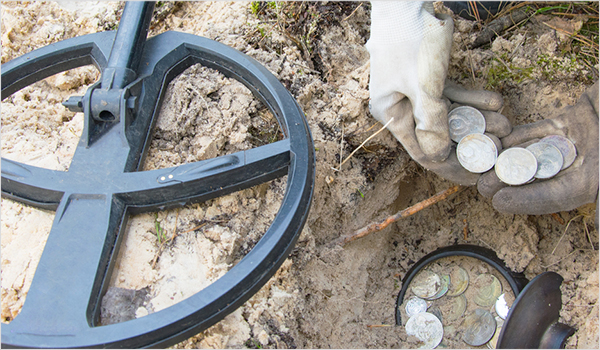
How does my coin metal detector detect coins?
A coin metal detector is a handheld device that uses electromagnetic induction to detect metal below the ground surface. Technology is evolving fast and there are many kinds of coin metal detectors in the market.
The basic metal detector works this way: an alternating current (electric current that pulses back and forth), passes through the search coils thereby producing an alternating magnetic field.
This electric current is “pulsing down” to penetrate the ground. When the coil is near an electrically-conductive metal, the metal will produce a weak magnetic field of its own.
The metal object’s electric current is “pulsating up”. This current is received by the receiver coil and it sends a signal to the control box. Thus, it produces a beep.
What are tone IDs?
Tone IDs give you additional information about your target based on their metallic makeup by sounding off a distinct beep. Advance coin metal detectors are capable of object discrimination, a technology that distinguishes the target’s metal type. This way, you would already know if what you’re about to dig up is a silver coin or just a rusty nail.
There are coin metal detectors with a little monitor. The discerned object is flashed on the screen whether it is a coin (with the type of its metal composition), pull tabs, rings, etc.
Coin metal detectors with audio discrimination give off a distinct beep to identify its target. Wearing headphones can filter out other noises in the surroundings.
How deep can my coin metal detector penetrate on the ground?
The standard search coils ideal for coin hunting are 8” in diameter. Most brand new coin metal detectors are accurate up to 12 inches below the ground surface. The size of the objects matter, too.
Nickel and dime-sized targets can be discerned at 4-8 inches. Quarter and half-dollar-sized targets can be detected as deep as 6 to 12 inches.
The magnetic currents of the metal detector can penetrate better in damp soil. However, rusty metal objects give off false alarms. So iron washers and bottle caps might be mistaken for a coin even when the discriminators are on. Gold and silver coins do not corrode in damp soil.
Be familiar with the coins commonly found during coin shooting
Flip through numismatic magazine articles on coin shooting. Read coin catalogs to familiarize yourself with the old coins.
Pre-1965 US coins (also known as junk silver coins) contain a good amount of silver. Other common finds are: wheat pennies, Indian head pennies, buffalo nickels, liberty-V nickels, Roosevelt dimes, mercury dimes, barber quarters, draped bust cents, walking liberty half, and many others.
In Europe finding medieval and Celtic coins are common. Some of these coins contain a good amount of gold.
Get the other basic accessories for metal detecting coins
Aside from a metal detector and the optional headphones, you also need:
a) digging trowel – use the trowel to dig up little holes on the ground. Be careful not to scratch the coin on the surface for this devalues the coin grade.
b) gloves – wearing a good pair of gloves not only gives you a better grip in holding your coin metal detector, it will also protect your hands from sharp surfaces on the ground.
c) knife – a small durable knife is handy when you make a plug (little holes on the ground) as you retrieve your finds.
d) ground cloth – this will hold the dug out soil so you can refill the holes easily.
e) apron or vests with many pockets – the pockets can conveniently hold the trowel, knife, and other accessories.
Know where to look for old coins
Research about the vicinity
For starters, your backyard is a good place for practice. You’ll never know what you’ll find! Old coins are found in historical buildings and houses.
Most coin shooters search for coins near churches because they are usually one of the oldest infrastructures around.
The wise coin shooter’s motto is: to hunt where others don’t like to hunt. True enough, most coin shooters steer away from common hunting areas that are surely hunted out already by other coin shooters.
Other places you are likely to find old coins are parks, secluded beaches, old ball fields, fairgrounds, camping sites, old battle fields, and picnic spots.
Ask for permission before coin shooting inside private property.
Trespassing in a private property is an offense even if you have good intentions. Write a letter to the owner or present yourself to the owner and explain your hobby.
Know the technique to find coins on the ground
Go low and slow when you sweep the coils
During coin shooting, keep your metal detector close to the ground as possible. Sweep it slowly as you move forward, careful not to miss a spot. Learn how to pinpoint accurately to speed up your recovery and protect your target. Remember, the metal detector beeps loudest at the center of the object. Reckless digging could damage or scratch your retrieved coin.
Retrieve the coins with care
Once the beep sets off and the target is pinpointed, use a knife to cut a semi-circular plug on the ground. Fold it over to one side to keep the grass roots intact. Now, carefully search for your target in the hole or in the soil plug. Use the ground cloth to hold the dug out soil and put it back in with ease.
Identifying and cleaning your old coins
A good coin catalog or other coin references are handy when identifying your coins. However, cleaning old coins are not highly recommended unless you’re an expert. Incase you’ll find a valuable old coin, you might devalue it. Worse, never attempt to use abrasive cleaners on your soiled coins.





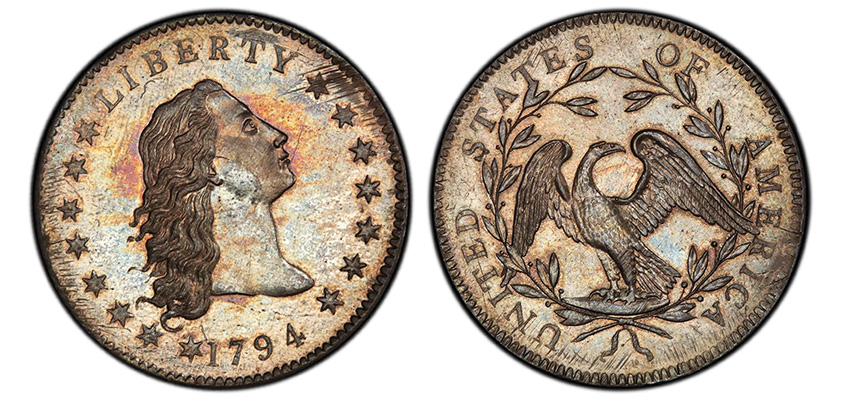
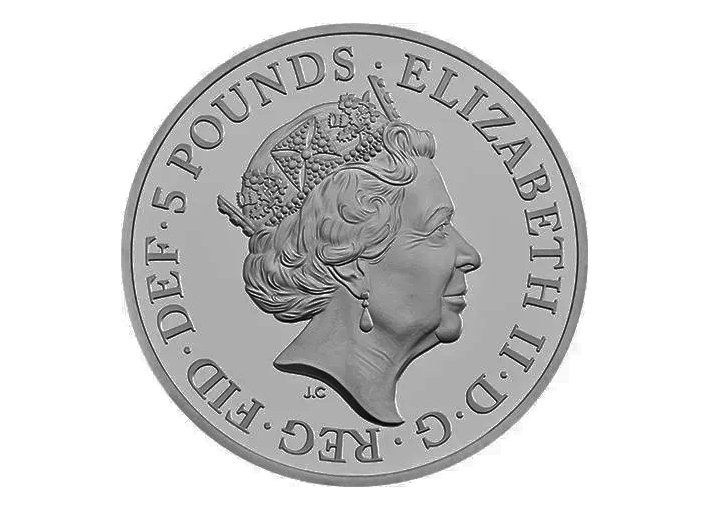
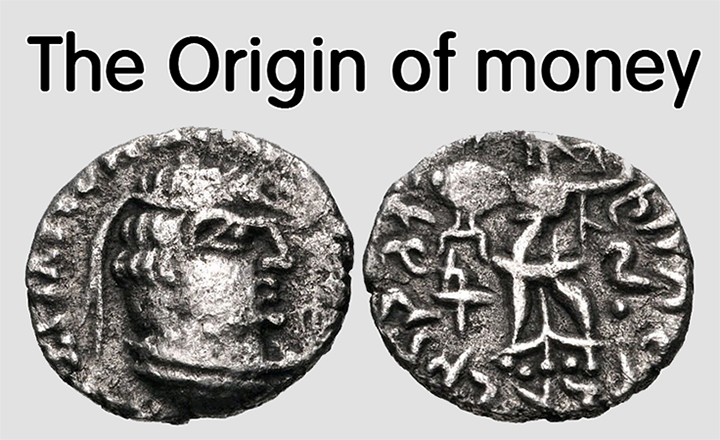
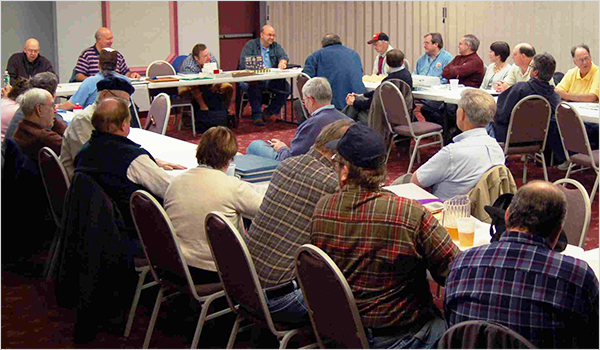

Leave a Reply